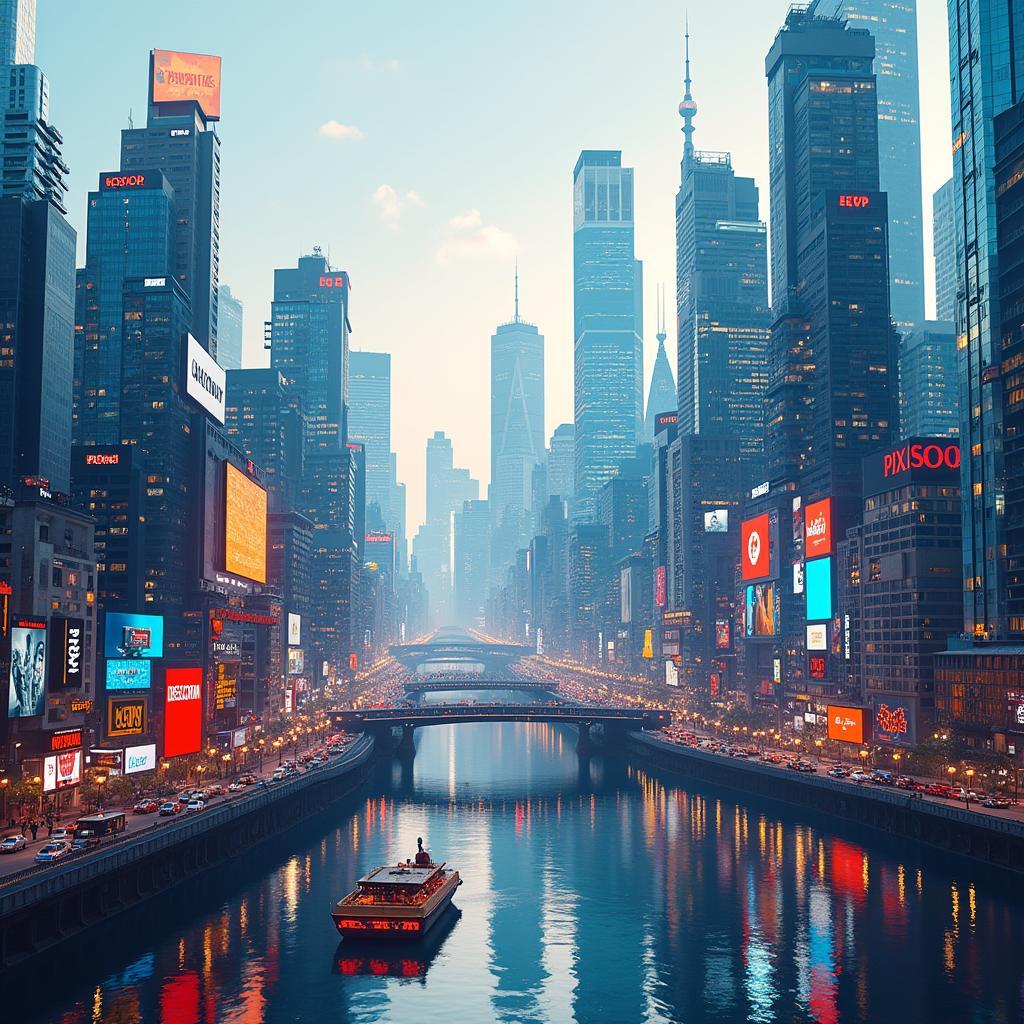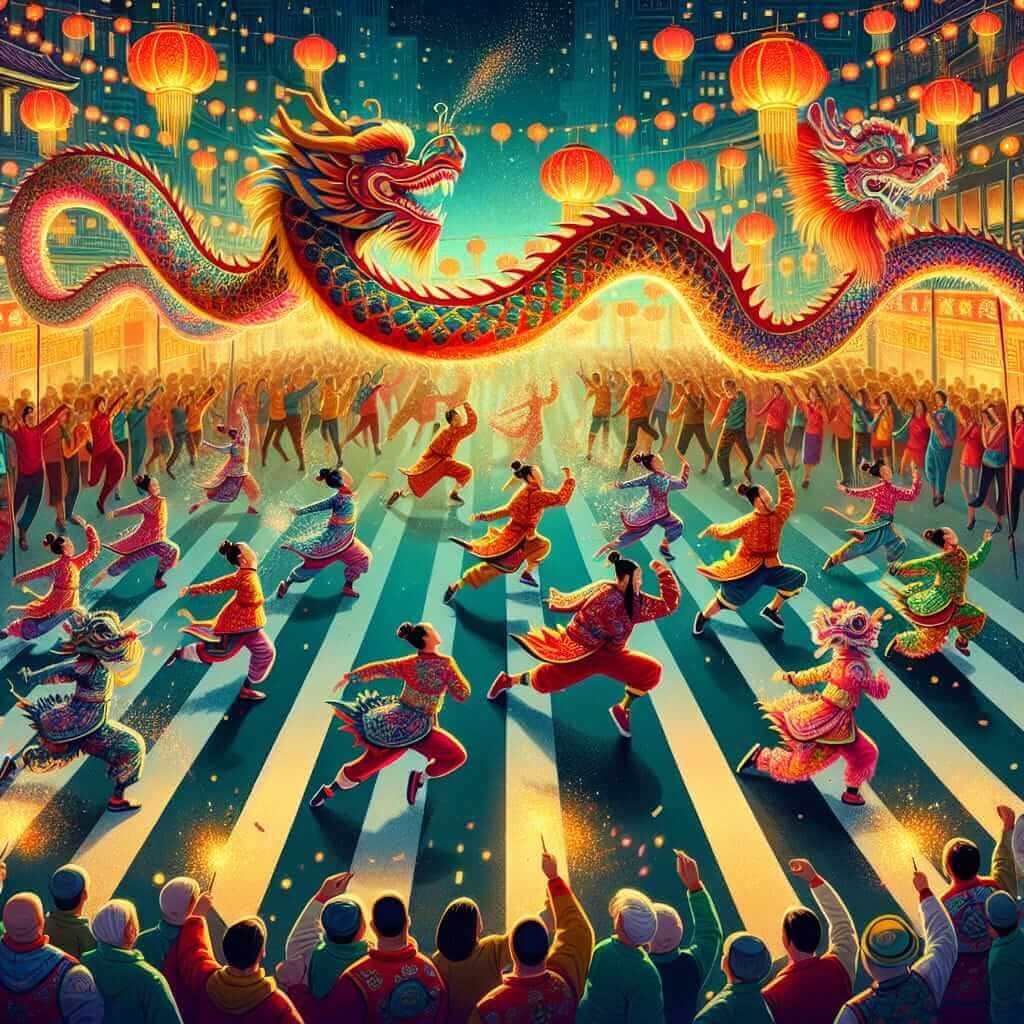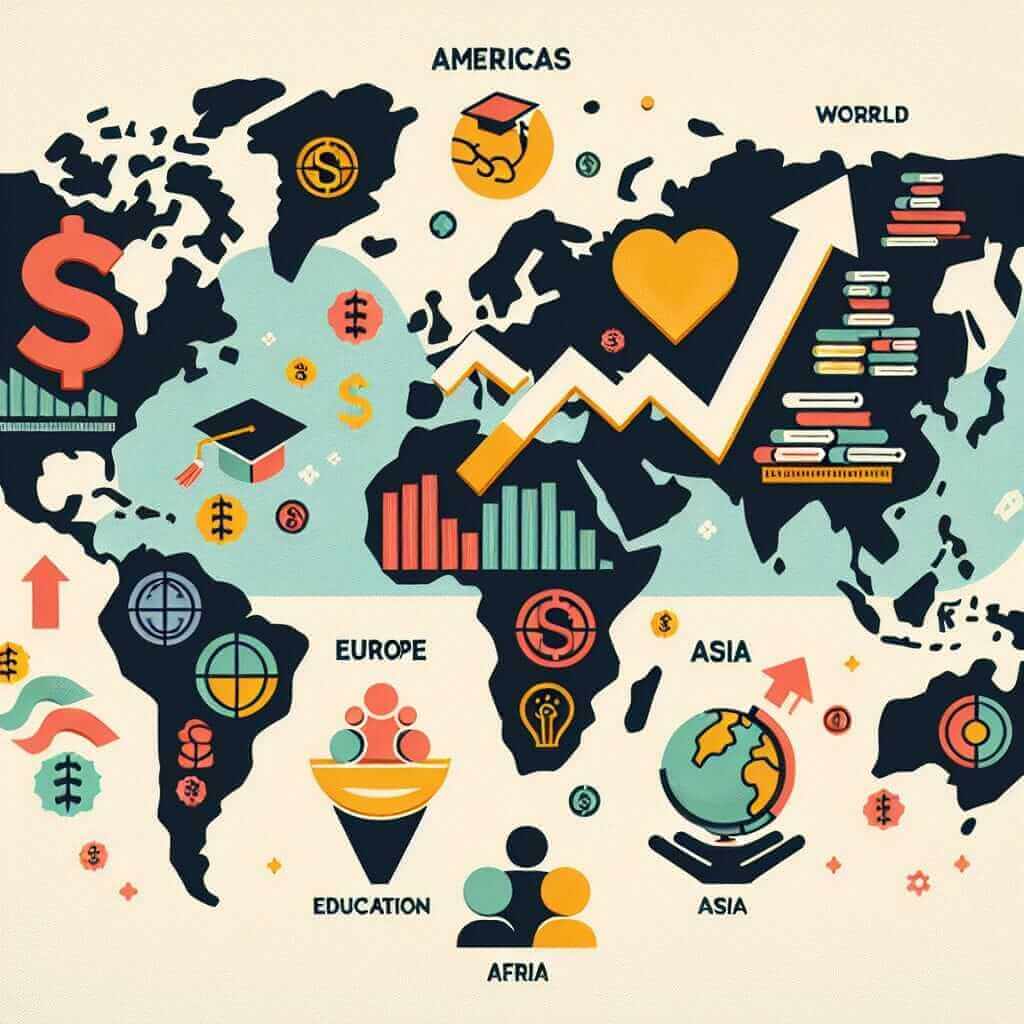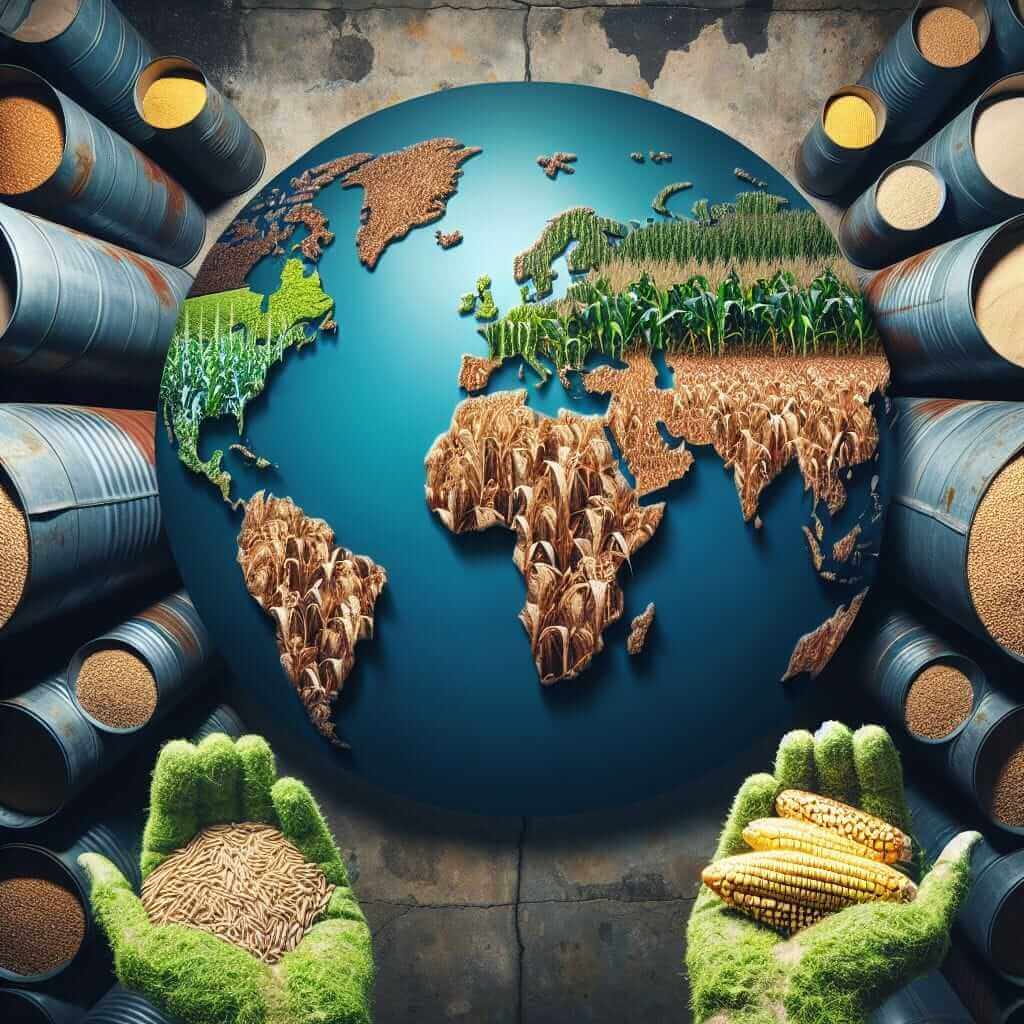The IELTS Reading section is one of the critical components of the IELTS exam, targeting the candidate’s ability to comprehend written English in an academic context. Among the numerous themes that could appear in the reading passages, “Economic impacts of the creative economy” is gaining relevance. This topic not only broadens learners’ understanding of contemporary economic discussions but also propels them into real-world applications of their language skills. Based on historical IELTS data, themes surrounding economics and modern industry trends have frequently appeared, indicating the potential recurrence of similar themes in future exams.
Nội dung bài viết
IELTS Reading Passage: Economic Impacts of the Creative Economy
Passage Text
The creative economy, which encompasses the cultural and creative industries, significantly affects economic development. This sector includes various fields such as music, art, design, film, and more. As traditional manufacturing declines, the creative sector’s vitality becomes essential for sustainable economic growth and cultural enrichment.
One crucial impact of the creative economy is job creation. Unlike traditional sectors that are highly automated, creative industries emphasize human talent and creativity. This need for skilled labor results in numerous employment opportunities, particularly for young people. Additionally, the creative economy often encourages entrepreneurship, leading to the establishment of small enterprises that can innovate and adapt quickly.
Economic diversification is another significant effect. Regions that embrace the creative economy often experience reduced dependency on single industries, leading to more resilient economies. For instance, cities that have developed robust creative clusters see a blend of technology, media, and arts working symbiotically to drive innovation and attract investment.
 Vibrant cityscape of creative industries: tech, media, arts fostering innovation and investment in urban clusters.
Vibrant cityscape of creative industries: tech, media, arts fostering innovation and investment in urban clusters.
Moreover, the creative economy contributes to social cohesion and community well-being. By fostering a sense of identity and cultural pride, it promotes social inclusion, revitalizes urban areas, and enhances quality of life. Cultural events, museums, and creative spaces often become focal points for community engagement.
While the economic benefits are considerable, the creative economy faces challenges. These include inadequate funding, lack of infrastructure, and intellectual property issues. Addressing these obstacles requires strategic public policies and investment in education and training to cultivate the necessary skills for this dynamic sector.
In summary, the creative economy’s positive economic impacts range from job creation to social cohesion, firmly establishing its role as a cornerstone of modern economies. However, future growth depends on overcoming the current challenges and harnessing the potential of human creativity.
Questions
Multiple Choice
- What is a significant impact of the creative economy mentioned in the passage?
- A. Increase in traditional manufacturing jobs
- B. Decrease in entrepreneurship
- C. Job creation
- D. Reduction in cultural activities
- Which sector do the creative industries NOT include?
- A. Music
- B. Design
- C. Technology manufacturing
- D. Film
True/False/Not Given
- The creative economy relies heavily on automation. (True/False/Not Given)
- Cities with creative clusters typically attract more investments. (True/False/Not Given)
Matching Information
Match the following impacts with the correct description: 5. Job creation 6. Economic diversification 7. ___ Social cohesion
A. Reduces dependency on single industries
B. Provides numerous employment opportunities
C. Enhances quality of life
Answer Key and Explanations
- C. Job creation – As emphasized in the passage, the creative economy generates many employment opportunities.
- C. Technology manufacturing – Although technology plays a role, traditional technology manufacturing does not fall under the creative industries.
- False – The passage states that creative industries emphasize human talent and creativity rather than automation.
- True – The text mentions that creative clusters attract investment, thus cities with these clusters typically see more investments.
- B. Provides numerous employment opportunities – This matches the passage’s discussion on how the creative economy creates jobs.
- A. Reduces dependency on single industries – As per the passage, economic diversification leads to reduced dependency on a single industry.
- C. Enhances quality of life – This corresponds to the creative economy’s role in promoting social cohesion and community well-being.
Common Mistakes
- Overlooking keywords such as “significant impact” which are critical in discerning the correct answer in multiple-choice questions.
- Failing to identify the contextual clues that help determine True/False/Not Given statements.
Essential Vocabulary
- Vitality (noun) – /vaɪˈtalɪti/ – The state of being strong, active, or energetic.
- Entrepreneurship (noun) – /ˌɒntrəprəˈnɜː(r)ʃɪp/ – The activity of setting up a business, taking on financial risks in the hope of profit.
- Symbiotic (adjective) – /ˌsɪmbaɪˈɒtɪk/ – Involving interaction between two different organisms living in close physical association.
- Cohesion (noun) – /kəʊˈhiːʒən/ – The action or fact of forming a united whole.
Grammar Focus
In the passage, note the use of complex sentences incorporating subordinating conjunctions like “while”, “as”, “although”. For instance:
- “While the economic benefits are considerable, the creative economy faces challenges.” This construction effectively contrasts two ideas and is commonly used in academic writing.
Advice for High IELTS Reading Score
- Practice Regularly: Regular practice with diverse reading materials, including newspapers, journals, and practice tests.
- Understand the Test Format: Familiarize yourself with different question types and formats used in the IELTS reading section.
- Skim and Scan: Develop the ability to skim for general ideas and scan for specific details quickly.
- Manage Your Time: Aim to allocate precise time to each section, ensuring you complete all questions within the given time.
- Expand Vocabulary: Increase your vocabulary range, particularly in academic and thematic contexts like economics, technology, and culture.
For more in-depth exploration on related themes, you may check out our articles on The Effects of Technological Change on Employment and The Importance of Protecting Intellectual Property Rights.


